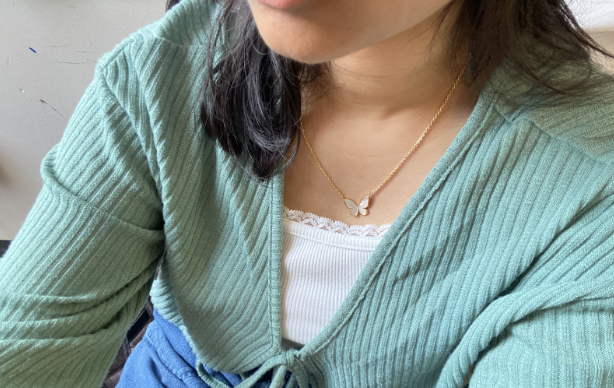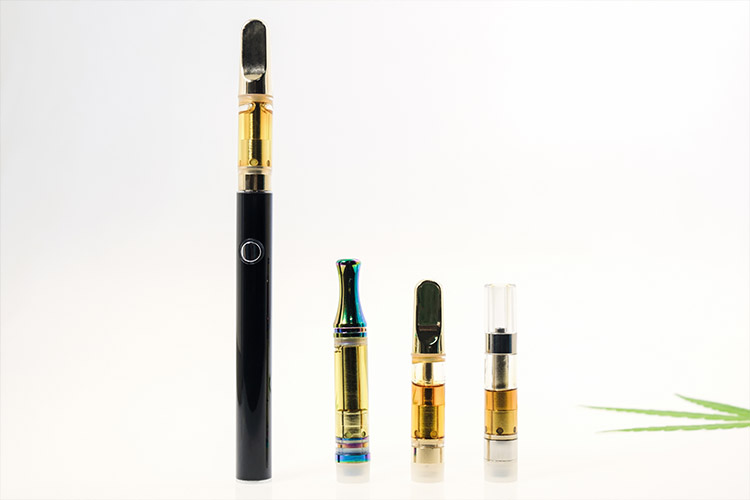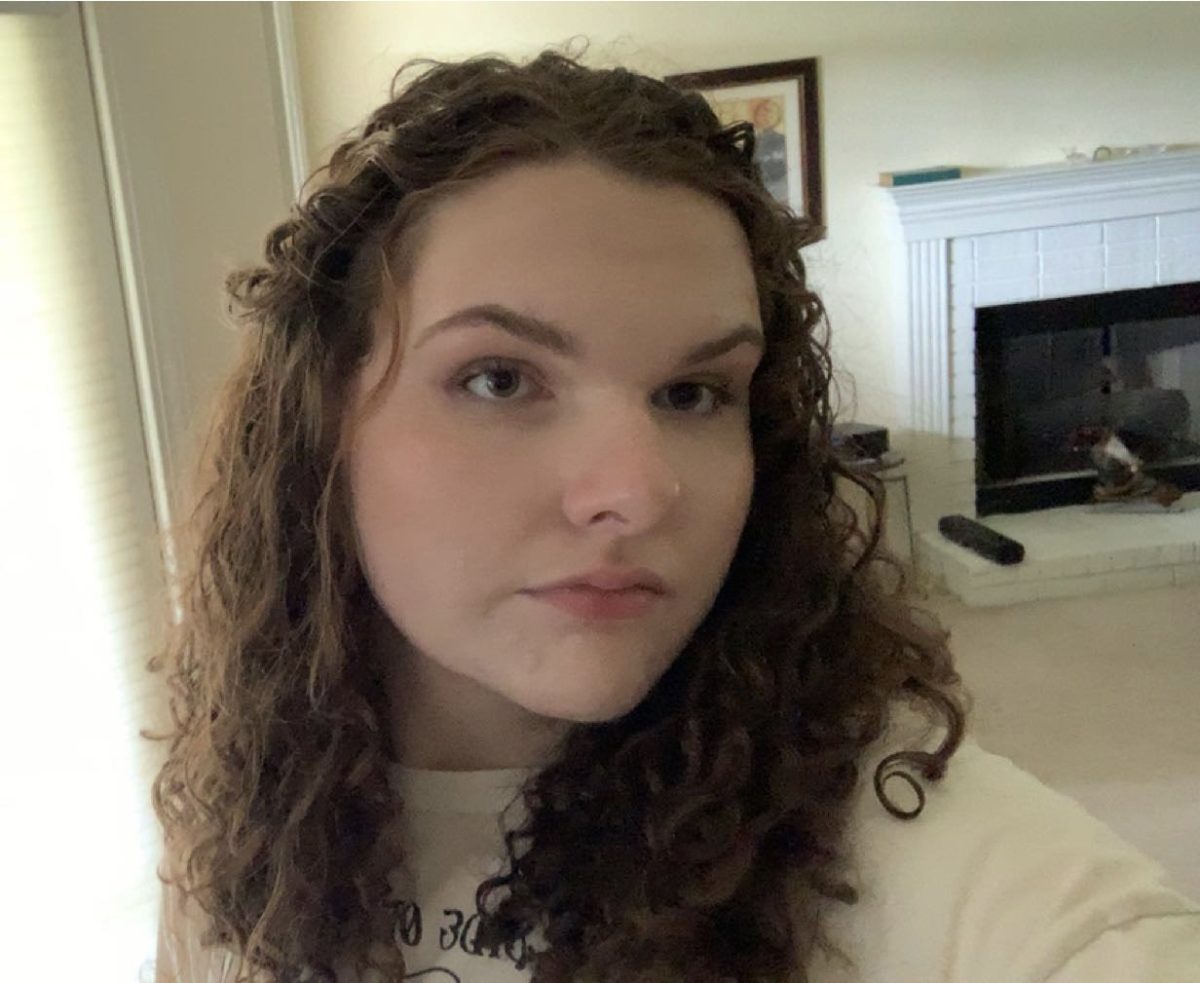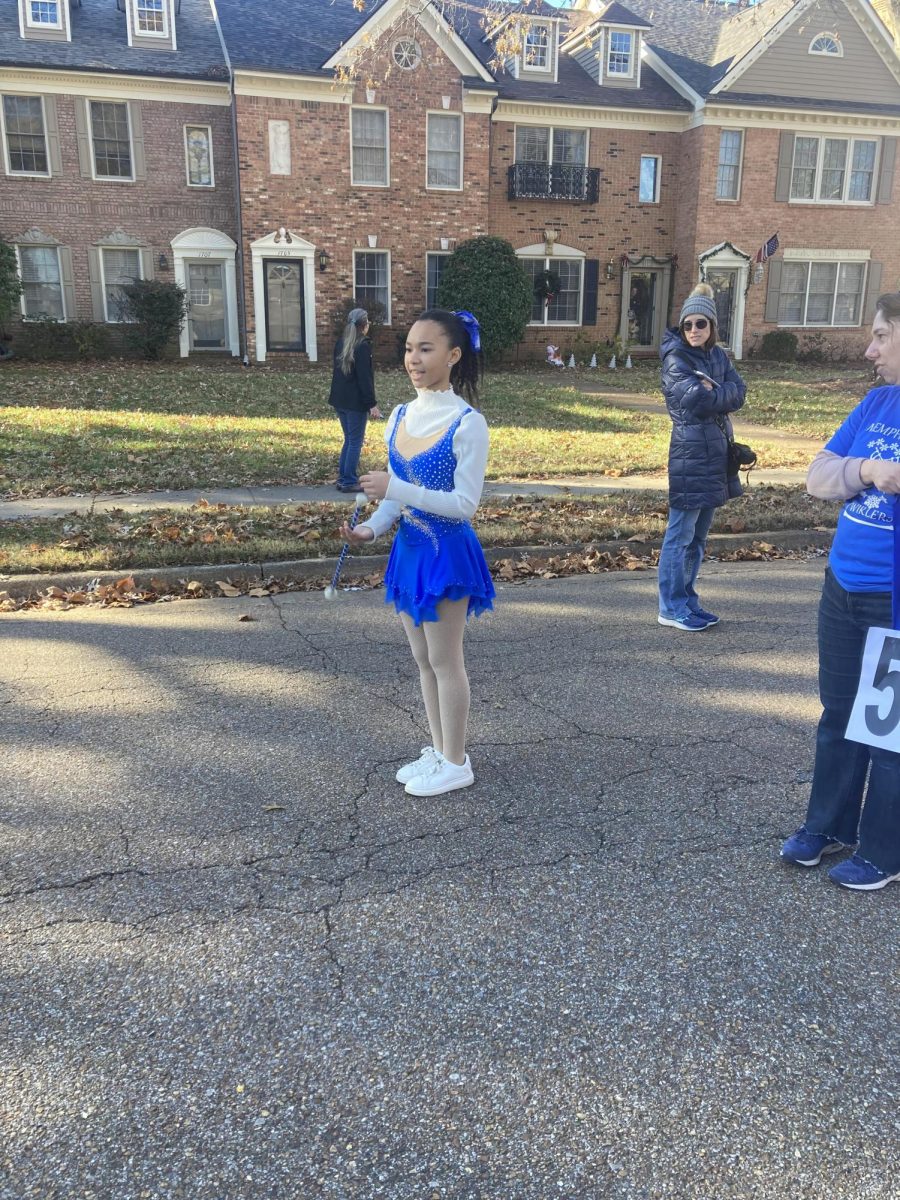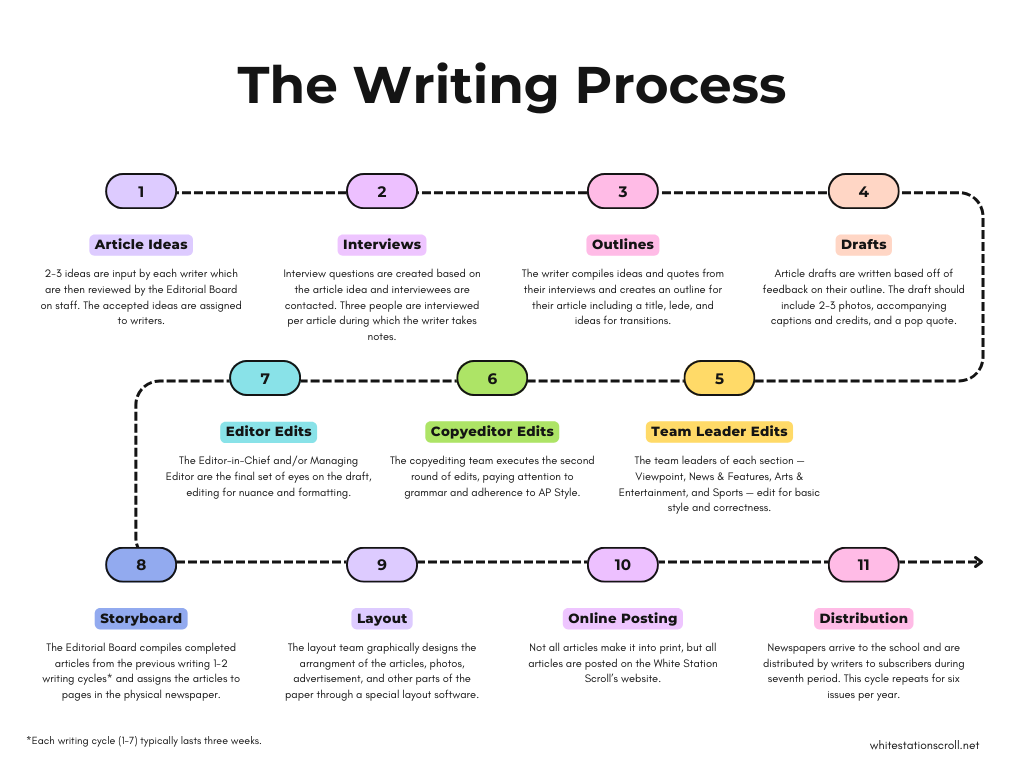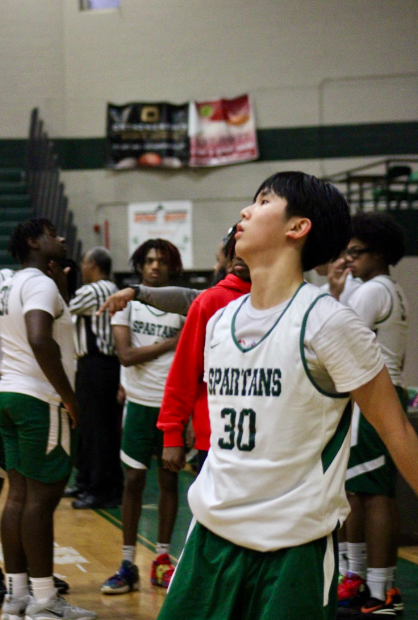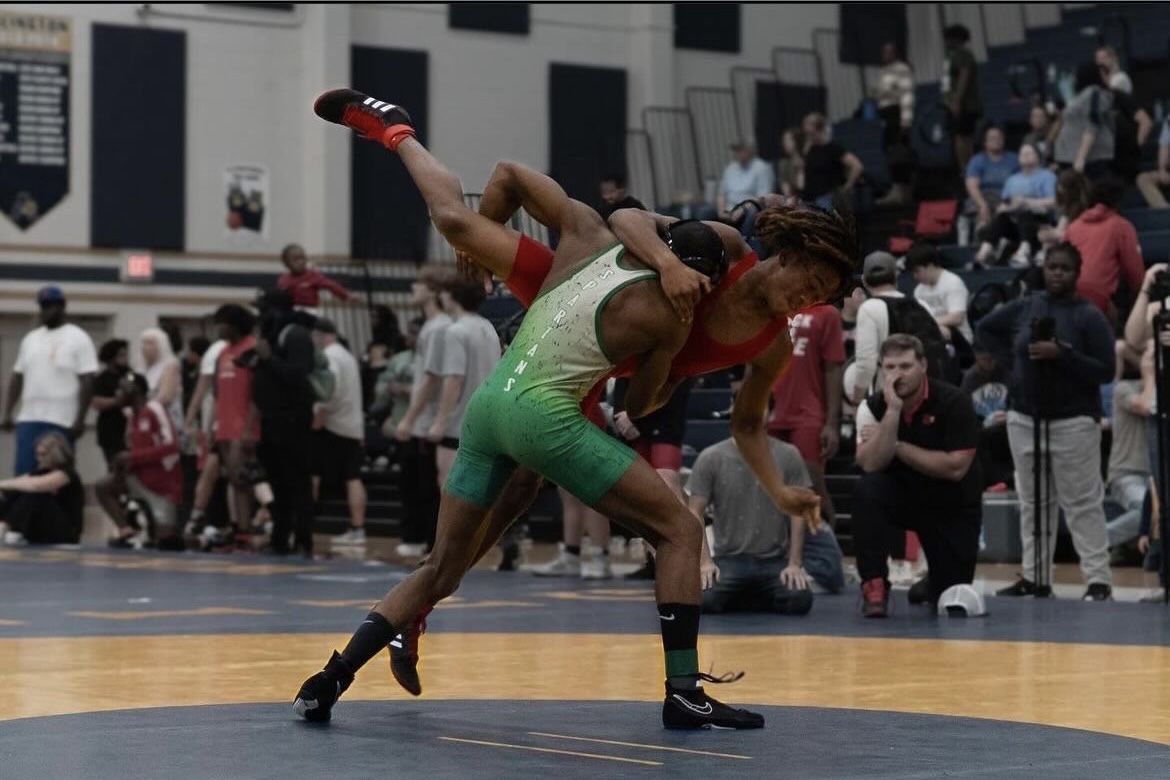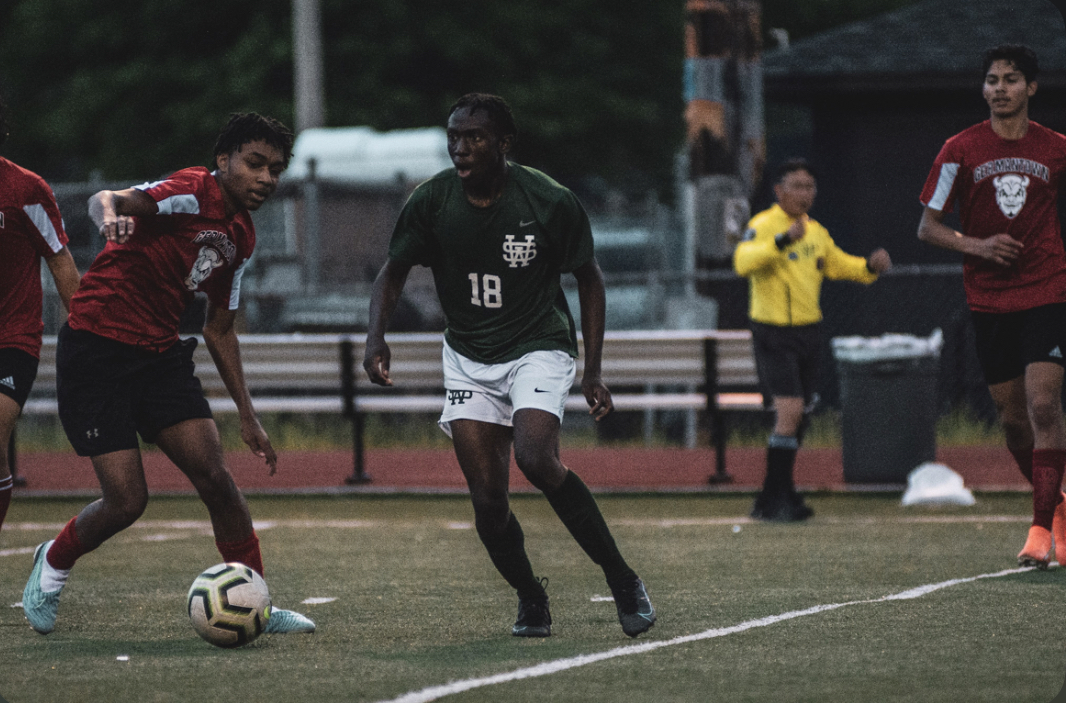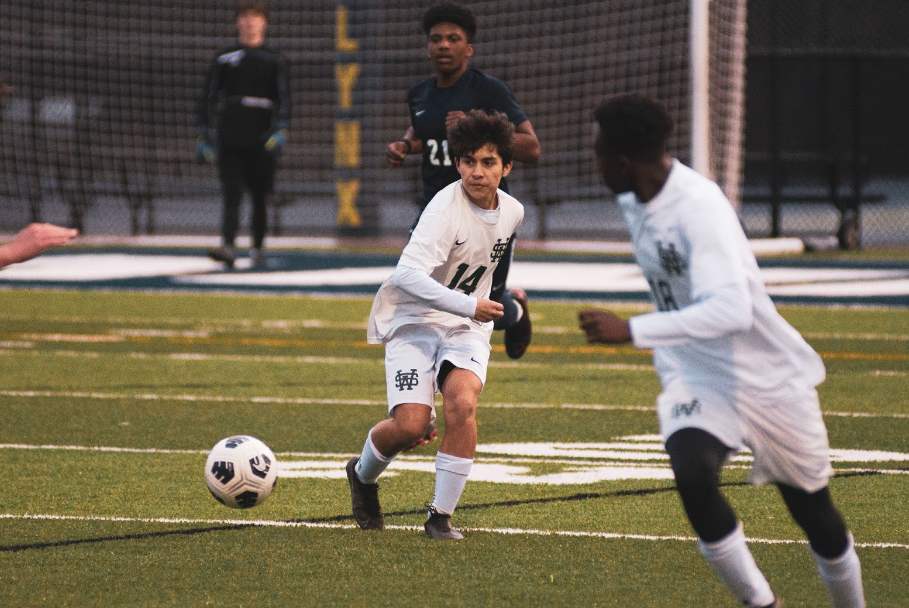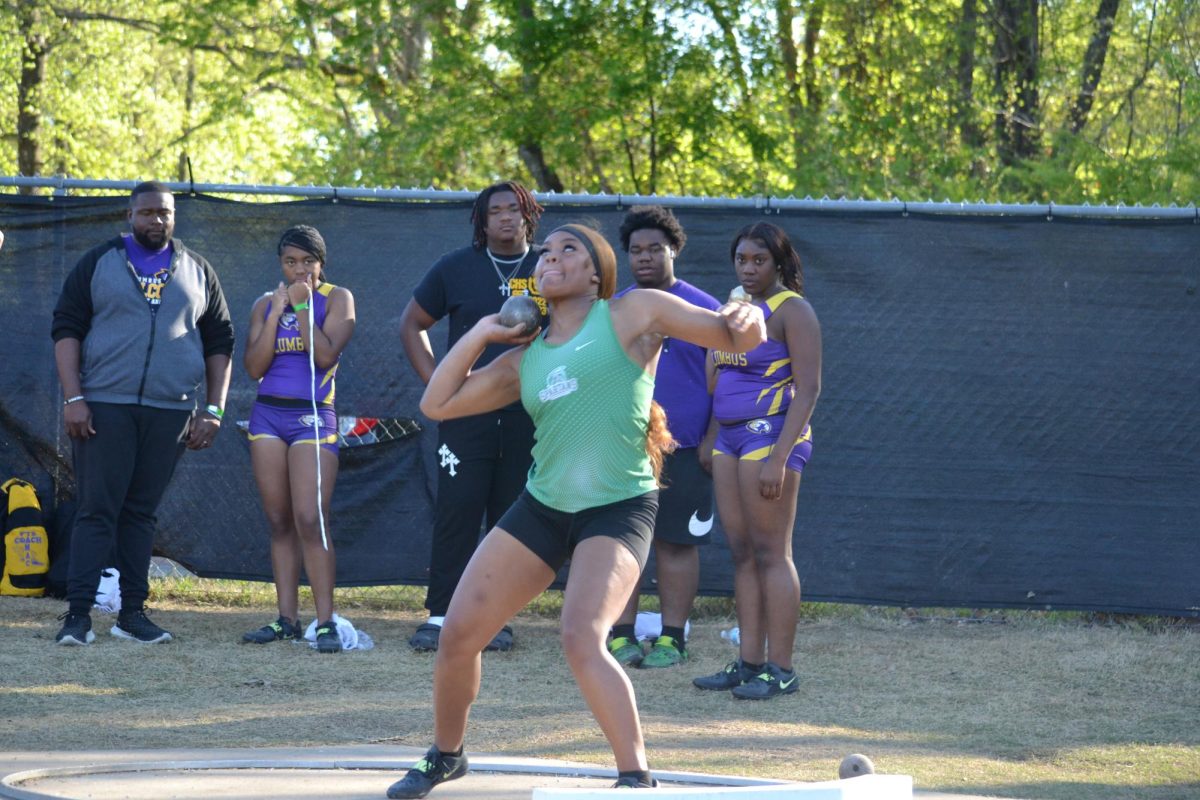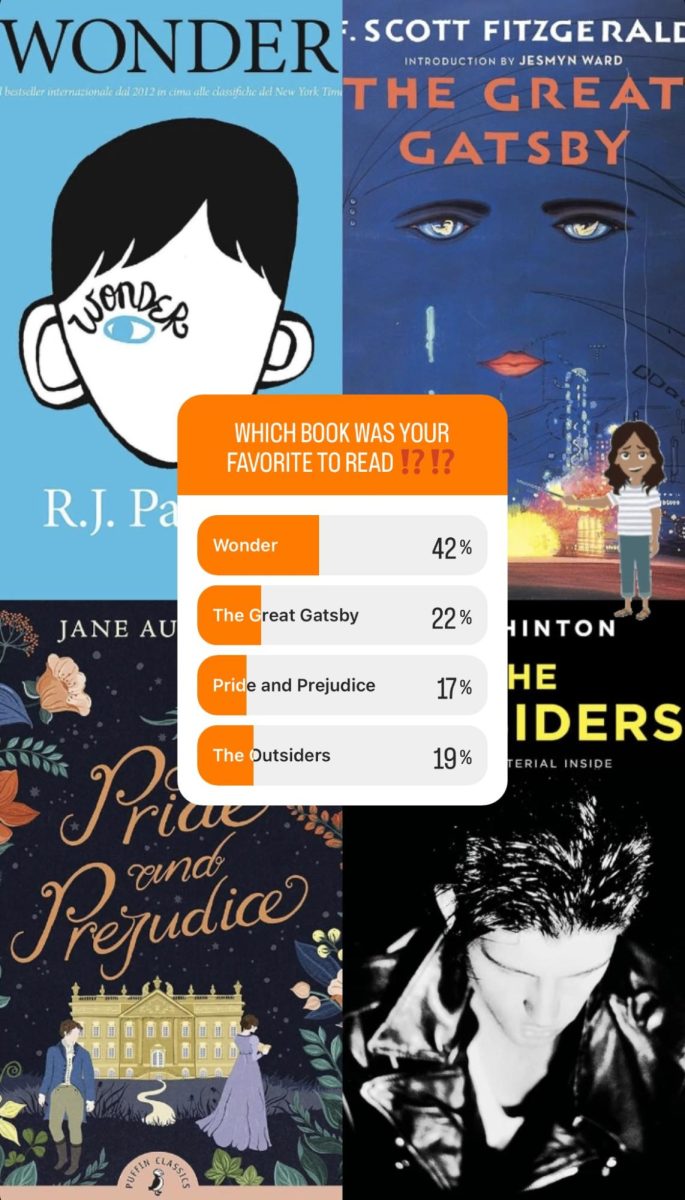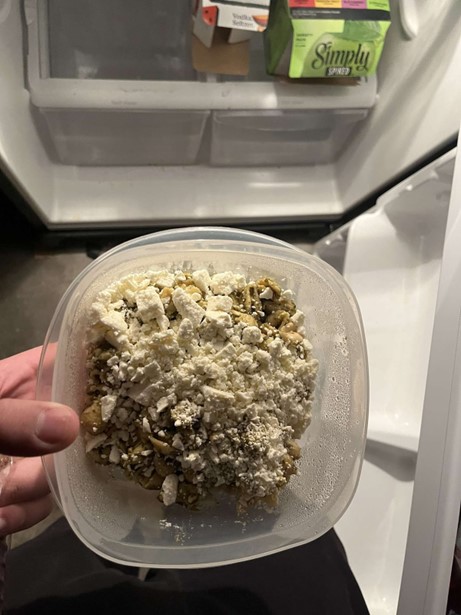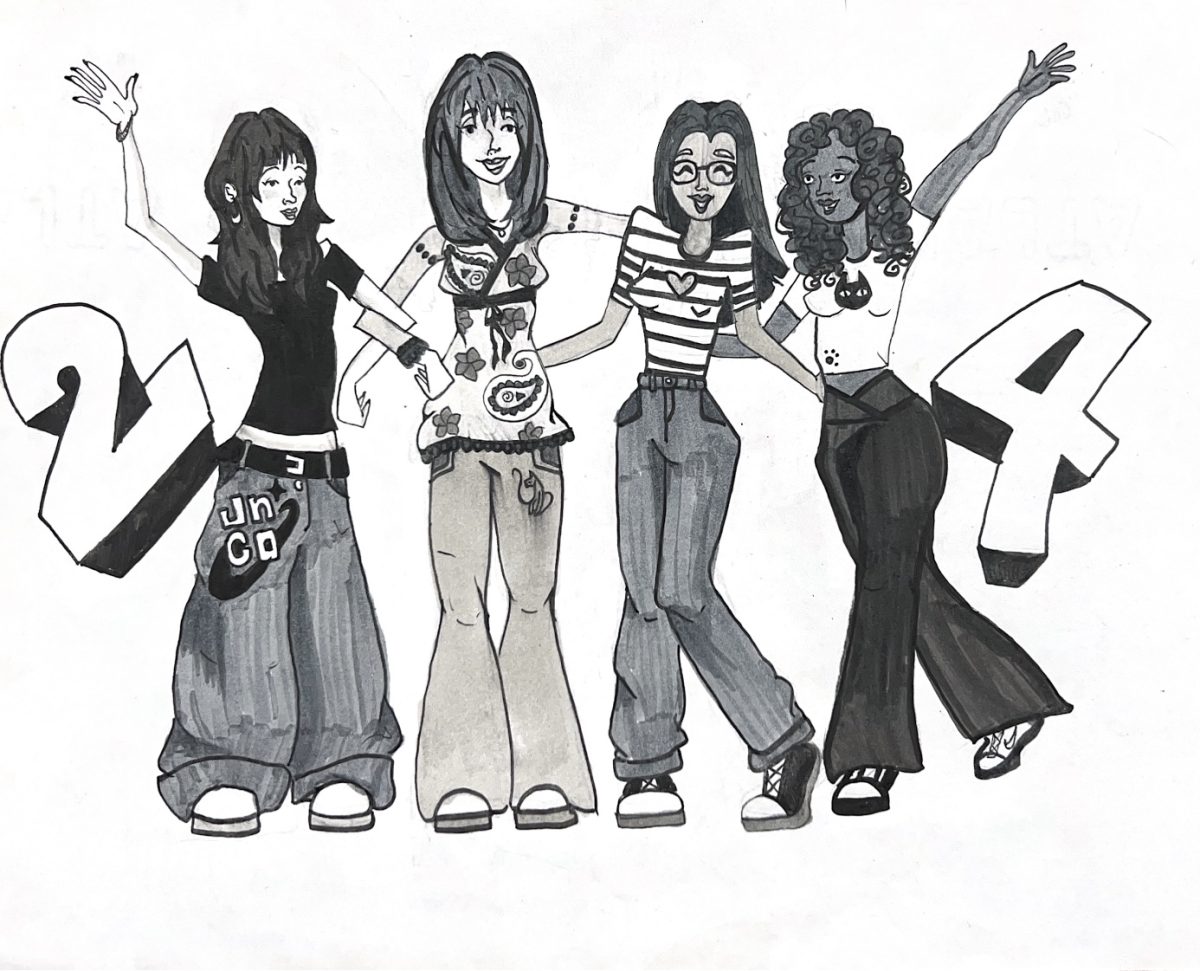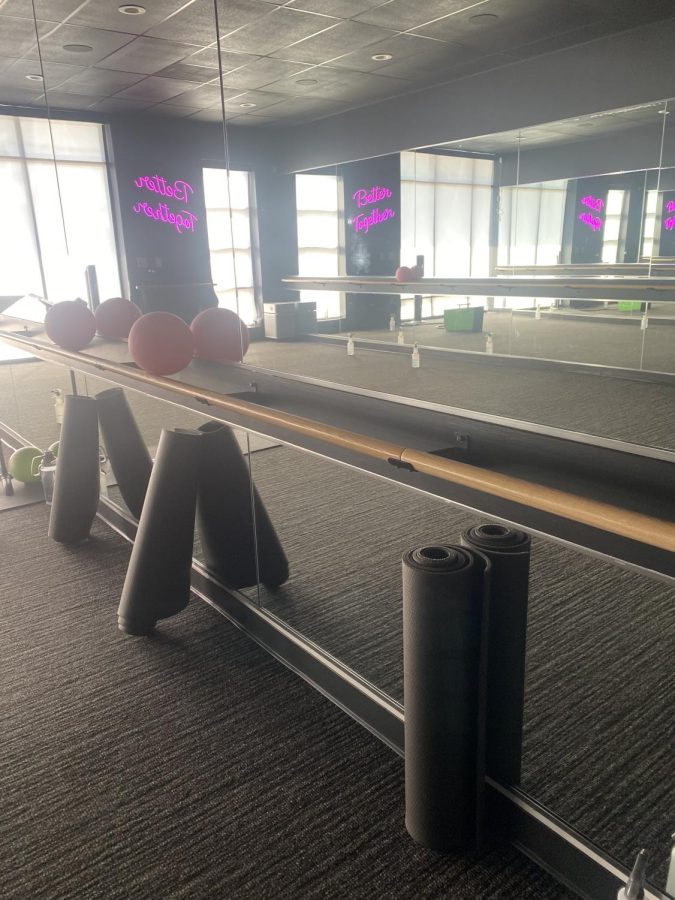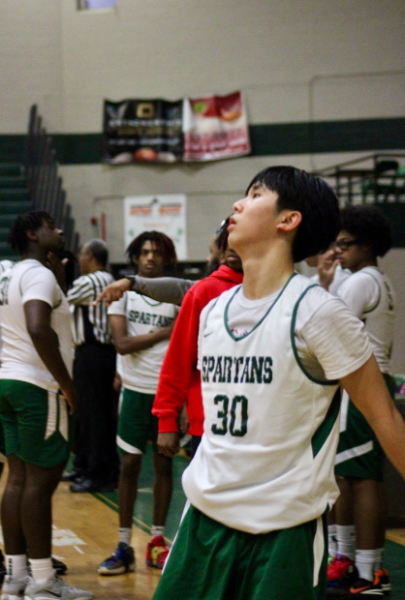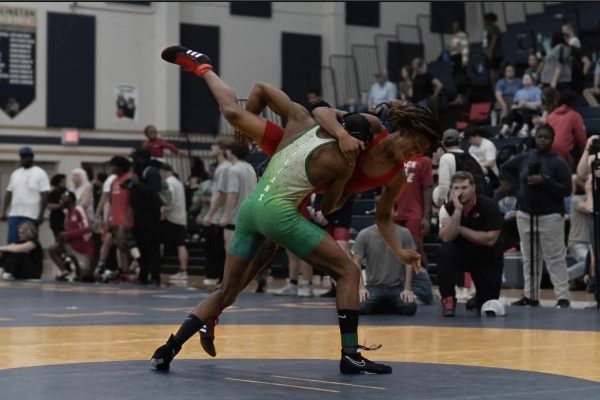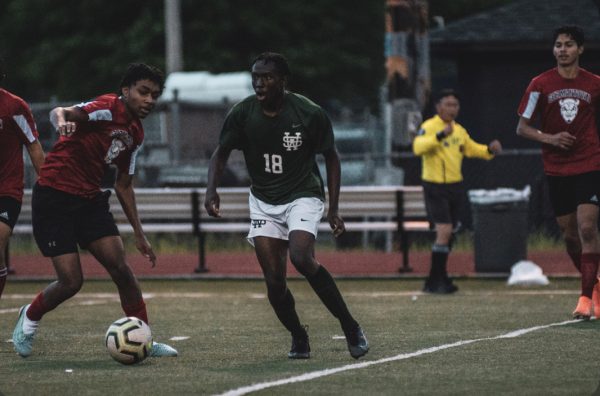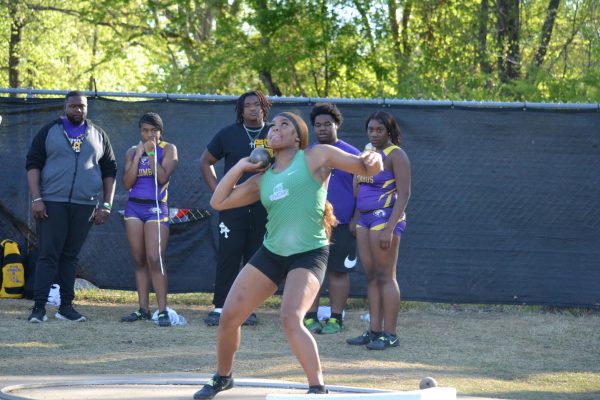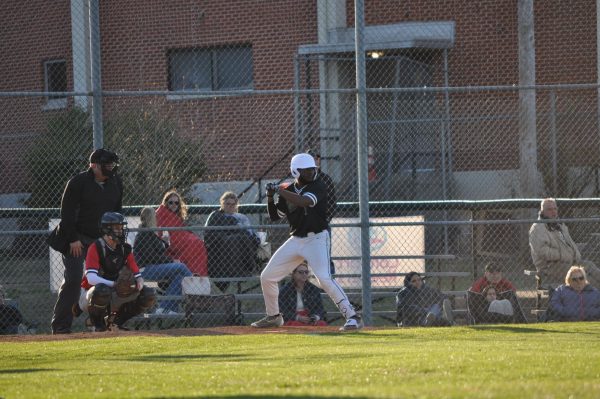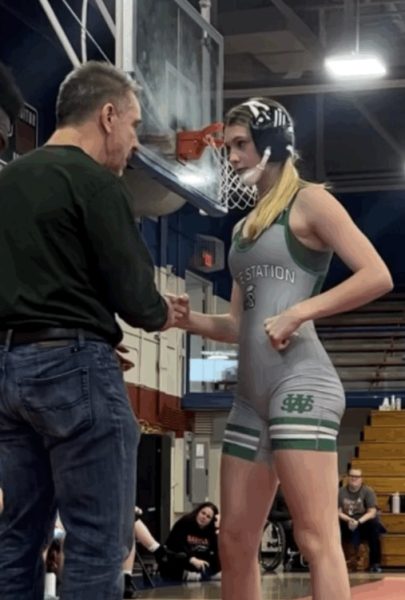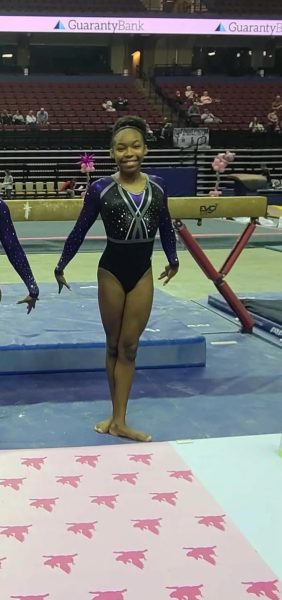The rise of Pilates
The Fusion Flow class at ZenStudio is a form of hot Pilates. It employs props such as the ball, weights and knee pads.
For many, the thought of Pilates evokes images of tall, slim celebrities wearing expensive leggings in their pristine home gyms. With shocking one-month transformations and promises of a toned, leaner body, I was inspired to see if Pilates was really as good as it seemed.
Pilates is a low-impact form of exercise that promotes strength, stability and flexibility through precise, fluid and controlled movements. I attended the Fusion Flow class at ZenStudio where we used the mat, but there are many studios dedicated to just Pilates around Memphis that employ the mat and the reformer, a machine with a bed-like frame and a flat platform.
During the 50-minute class, we exercised the legs, arms and core with and without weights and props. The instructor led the class through rhythm-based exercises, moving with each beat of the song. Although the energy of the music and environment fueled me through the workout, there were times when I struggled to push myself. Throughout the class, the instructor repeatedly said “mind over matter,” and it was true: Pilates is both physically and mentally challenging.
“It’s one of those grit type things,” principal Carrye Holland said. “You work harder and you see the results. You fall off the reformer and you get back up. It’s seeing what you’re able to accomplish when you don’t give up.”
The goal of Pilates is to lengthen and strengthen, and over time, it builds confidence in the body. Originating in the early twentieth century as a form of physical rehabilitation, Pilates utilizes basic movements that become more advanced as people progress.
“You have to trust your body and trust your core and legs,” Holland said. “[Pilates] gets harder and harder, but I love it because you can make it as hard as you want it to be. I know I could grow for years and still learn new and different things.”
Pilates’ presence in social media has quickly become correlated to solely aesthetic goals and body image, but Pilates is much more than satisfying physical appearance desires. Like any other form of exercise, it can be a form of mental relief as one focuses on themselves and specific motions.
“I was going through a challenging time in my life and I found Pilates which became an outlet for me,” Holland said. “I think I’ve continued because I enjoy consistency but also seeing my own personal growth.”
After taking the class, I delved deeper into my research about pilates, and I noticed how expensive the equipment and classes are. Monthly memberships at studios can be hundreds of dollars and basic reformer machines range from $3,000 to $4,000. Although professional classes may be unaffordable to most, Pilates has become more accessible with at-home workouts online and the exercises are nearly identical to what someone could expect in a class.
Since its inception, the Pilates industry has been perceived as the domain of wealthy white women and not inclusive. The class I attended was female-dominated, but I did not notice a stark racial gap.
“There are more probably affluent caucasian women since the membership is about $200 a month,” Holland said. “However, [Club Pilates] does do pop-up shops all over the city to expose more people to pilates. It is very expensive so you’re less likely to see diversity but we are seeing more and more women of color taking classes and teaching.”
Pilates has taken over social media and for good reason. It is difficult but beneficial, and as more people discover its advantages, the more diverse the community grows. Whether you are looking to build core strength, correct your posture or simply want to try a new form of exercise, throw Pilates into your workout routine because I am glad I did.
Your donation will support the student journalists of White Station High School. Your contribution will allow us to purchase equipment and cover our annual website hosting costs.

